#Norm Bangerter
Text
Utah Governor DILFs

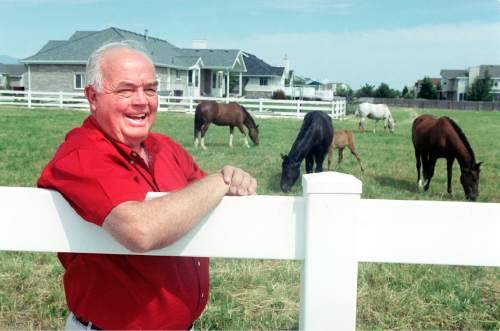
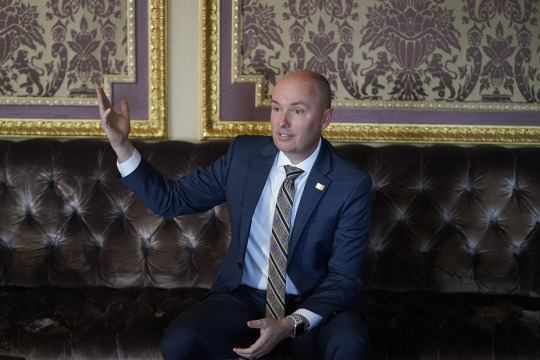


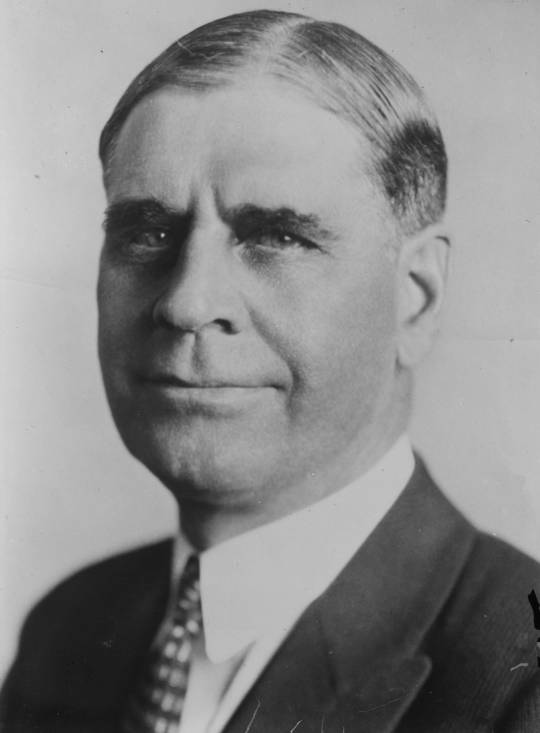


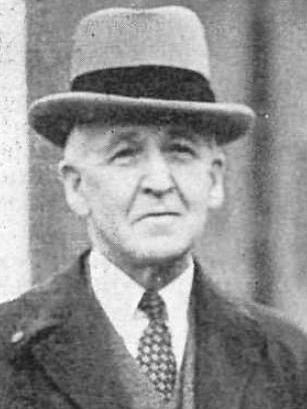

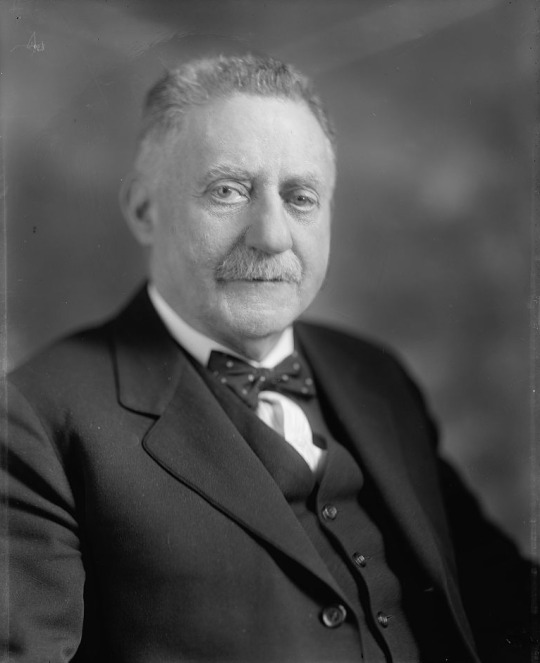
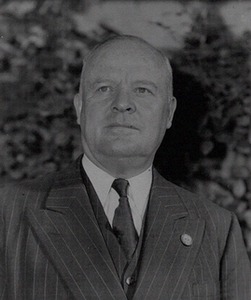

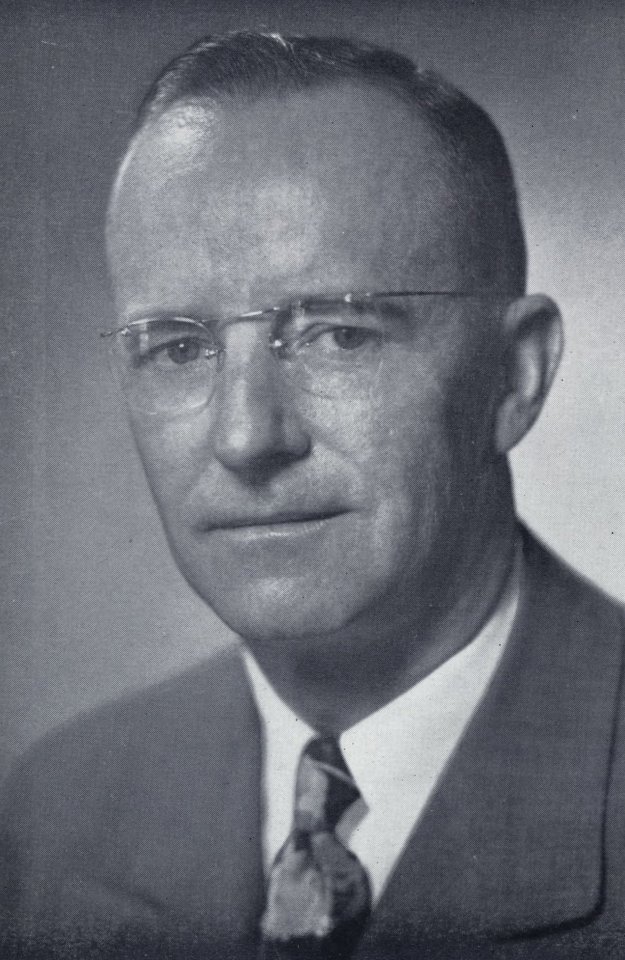
Mike Leavitt, Norm Bangerter, Spencer Cox, Jon Huntsman Jr., Gary Herbert, George Dern, Cal Rampton, Charles R. Mabey, Henry H. Blood, George Dewey Clyde, Simon Bamberger, Herbert B. Maw, Scott M. Matheson, J. Bracken Lee
#Mike Leavitt#Norm Bangerter#Spencer Cox#Jon Huntsman Jr.#Gary Herbert#George Dern#Cal Rampton#Charles R. Mabey#Henry H. Blood#George Dewey Clyde#Simon Bamberger#Herbert B. Maw#Scott M. Matheson#J. Bracken Lee
35 notes
·
View notes
Text
SMART BOMB
The completely unnecessary news analysis
by Christopher Smart
July 13, 2021
GOODBYE GREAT SALT LAKE — HELLO BABYLON
How can you have a Salt Lake City without a Great Salt Lake? Here's the honest truth: The Great Salt Lake is drying up — FAST. Soon it will just be a dusty depression where crazy people drive ATVs around in circles kicking up toxic dust. But it was just three decades ago that Gov. Norm Bangerter installed gigantic pumps on the lake's western shores to drain the rising waters before they flooded the airport. Back then our mountains got 600 inches of snow each winter. But we're faced with another problem now: It would be like having a Bonneville City without Lake Bonneville. Dumb. There is a lot of denial, but if history is any guide we could end up like Babylon, Carthage and Angkor Watt. People would say, what is Salt Lake City? as though it were Palenque. No surprise, Mayor Erin Mendenhall is having none of it. She commissioned a new city flag and pressed the City Council to pass an ordinance forbidding the lake from drying up. Not least, SLOC is seeking the 2034 Winter Olympics like there will be a Great Salt Lake and other stuff, like snow. We need a new name that will reflect more aptly where we live. How about something like New Egypt. We could import camels and the Utah Travel Council would just love it: “Greatest Humps on Earth.”
HATE CRIME IN PANGUICH? SHUT UP!
There are certain places you shouldn't go if you have a Biden or Obama bumper sticker on your Subaru. Blanding, Utah, comes to mind. And if you have one disparaging Trump, you should never leave Salt Lake County. But this latest bit of news actually scared the hell out of Wilson and the band: A 19-year-old woman was charged with a hate crime after allegedly stomping on a sign at a gas station in Panguitch — population 1,712. (We aren't making this up.) The sign read “Back the Blue,” referring, of course, to law enforcement. Ever since Black Lives Matter, others want to matter, too — Blue Lives Matter, White Lives Matter, Red Necks Matter... Anyway, you might add Garfield County to the “don't go zone” if you aren't white and conservative — a MAGA hat wouldn't hurt. According to Tribune ace Jordan Miller, the arresting officer's statement said: The woman “crumpled the sign up in a destructive manner and threw it into a trash can all while smirking in an intimidating manner towards me.” There is this little matter of the First Amendment. Stomping on a sign falls under freedom of expression, as does burning Old Glory. Still, the woman faces up to one year in the slammer — Bill of Rights be damned — and Panguitch is a much safer place.
GOP HAS GONE NEO-FASCIST — BUT DON'T TELL UTAHNS
One-time Republican strategist Susan Del Percio shuns the term, “Trumpism,” because the M.O. of the present-day Republican Party goes much deeper. “Neo-fascism, that's what the grassroots of the Republican Party is right now,” she said. Well, neo-fascism can't be so bad — Trump once said, “Well, Hitler did a lot of good things, too.” But don't tell Utah Republicans they are neo-fascists. They could get even more confused. Lately they've been convinced their kids could be indoctrinated by Marxists, vis-à-vis critical race theory. And, of course, they think Trump won the election, despite 60 court rulings that say otherwise. The question for people like Del Percio is how to get the GOP back from QAnon Zombies, the Jan. 6 mob and evangelicals who think Trump is the Savior (seriously). The Swiss and Danes found that fighting Neo-Nazis on their own terms was fruitless, but providing a positive vision of the future without them was like throwing water on the Wicked Witch of the West. The staff here at Smart Bomb had a brainstorm: why not create a hologram of a brown Jesus washing the feet of Nancy Pelosi. It's far fetched, we know, but bringing the GOP back from Zombieland will take more than cutting off their heads with chainsaws.
Post script — OK, sun-worshipers that's a wrap for another week here in paradise, where we keep track of Mike Lee's drivel so you don't have to. Critical race theory will “weaponize diversity,” Mikey ranted last week as he launched a fund-raiser to ensure that kids will not learn this is a racist country. The senator, who grew up in an all-white neighborhood, went to a white college (BYU) and white law school (at BYU) knows a lot about diversity because every evening black and brown people come to clean his office. Lee rode into the Senate on the Tea Party wave of 2010, adding to his street cred on civil rights. Fun Fact: Mikey clerked for Supreme Court Justice Samuel Alito — who is a bit to the right of Sarah Palin — when he sat on the U.S. Court of Appeals. So why all the hoo-ha about critical race theory? Columnist Leonard Pitts says this: “It is this year’s War on Christmas. It’s Sharia law, gay wedding cake and new Black Panthers... so white people feel resentful, frightened and besieged — and vote accordingly.” But fear not, the GOP has never used racism as a political strategy, except for Nixon's “southern strategy,” Reagan's “Welfare moms driving Cadillacs,” Bush Sr.'s Willy Horton and Trump's Mexican rapists. Racist Country? Nah.
Well, Wilson, it's hot and smokey and the band is going to need a lot of beer to survive. So, lets raise a mug of grog to Mike Lee and maybe you and the guys can play a little something Sen. White Bread might appreciate:
We skipped the light fandango
turned cartwheels 'cross the floor
I was feeling kinda seasick
but the crowd called out for more
The room was humming harder
as the ceiling flew away
When we called out for another drink
the waiter brought a tray
And so it was that later
as the miller told his tale
that her face, at first just ghostly,
turned a whiter shade of pale
(Whiter Shade of Pale — Procol Harum)
0 notes
Text
Roles, Inequality, and Blogging Rationale
Support Our Troops through Better Transition Assistance for their Children- A Call for Empirical Research to Increase Positive Social Change
The movement of Supporting Our Troops has expanded to include military-affiliated families as a whole unit. Although several programs have been developed to assist these families few have been evaluated for efficacy after development and implementation. The specific program of interest for this blog is the Student 2 Student Transition Support Program, which was designed to assist recently relocated students through transitions into a new community and school with peer mentorship. The goal of the future blog is to assist with increasing awareness of S2S’s existence, improve its utilization, and bring attention to the need for empirical research on S2S’s efficacy. For this part of the blog planning, psychology’s role in the past, present, and future will be discussed as well as the multicultural concerns and a possible publishing site will be identified.
Role of Psychology
Psychology has assisted in the development of S2S through the Secondary Education Transition Study (SETS), which was funded by the U.S. Army to evaluate the needs of recently relocated students with military affiliation (Military Child Education Coalition [MCEC], 2001). The data collected from SETS was incorporated into the development of S2S and also supported its implementation into schools (MCEC, 2015). Although the program was created with military-affiliated students in mind, all recently relocated students are welcomed by S2S at participating schools (MCEC, 2015). A specific ethnicity or race is not assisted by this program. Instead, S2S targets all recently relocated students, who are a multicultural group within themselves. The current role of psychology is to draw attention to the need for future action to evaluate the efficacy of this program (Conforte et al, 2017; Forum on Health and National Security, 2014; Park, 2011).
Currently, 206 high schools have an active S2S program (MCEC, 2016). The strengths and weakness of the program at achieving their goals is speculated and lack empirical support. It is hopeful for the program to continue to expand and improve recently relocated student’s ability to transition into a new school. As the program continues to expand and reach the lives of more students, efficacy evaluation becomes more imperative. Psychology can fulfill the role of maximizing understanding of what is needed for new students to successfully transition into the complex social settings at each school and ensure equal education for all students (Weinstein, Gregory, & Stambler, 2004). In an effort to ensure school connectivity is being enhanced, evaluation is the next component (Forum on Health and National Security, 2014).
Evaluation of Inequalities
New students are a multicultural population in need of support from parents, peers and faculty to successfully transition into a new school and community (MCEC, 2001). Sadly, these students often tend to blend in with the majority population after enrollment and experience greater risk to their academic achievement and extracurricular participation (Bradshaw, Sudhinaraset, Mmari, & Blum, 2010). Risks can include possible preexisting biases (Katz, 2003) or various group norms that are unknown as a newcomer (Crandall, Eshleman, & O’Brien, 2002). Both of these may hinder the recently relocated student’s ability to socialize with new peers and during adolescence, peer relationships are vital to development (Berk, 2012). Schools often fall short in assisting these students and their families (Aronson & Perkins, 2013). Weinstein Gregory, and Strambler’s (2004) statement supports that positive influences can outweigh negative ones and increase resiliency, which supports that positive social change may exist for those who participate in S2S as mentors and mentees but the empirical support is lacking. Again, this highlights the need for more evaluation to support this claim.
Possible Publishing Site
Russell (2014) indicates that tumblr is a newly popular blog site. Tumblr combines blogging and social media to create a user-friendly site that appeals to younger crowds. S2S is for students and this format may increase their likelihood of seeing my future blogs. Having students request for an S2S program to be started at their school would increase the number of active programs and expand its ability to promote social change. This site may also reach recently relocated students who are in need of support and may benefit from realizing they are not alone. Tumblr also allows for posts to be connected to Facebook or Twitter to increase visibility (https://www.tumblr.com). The user-friendly site and appeal to younger populations make Tumblr a viable option for publishing my blog. Tumblr also has a large teacher/educator audience looking for more ways to assist their students (https://www.tumblr.com). Ads may be included in the blog and it has a less professional appearance, which are both downsides (Russell, 2014). However, the less professional appearance may be better suited to reaching my desired population. Russell (2014) points out that many bloggers use this site and another more professionally appearing site. After becoming more familiar with blogging, this may be an option for continuing awareness and requesting studies for S2S. As a new blogger looking for an audience of students, educators, and school psychologists, Tumblr appears to be a viable option.
Psychology’s role has assisted S2S to be developed and implemented. However, the role has continued into awareness and evaluation of efficacy. The multicultural population of recently relocated students deserve more than simply blending into the crowd. This population deserves to be supported through transitions by their peers, faculty members, and parents. More is needed for social change to be ensured.
References
Aronson, K.R. & Perkins, D.F. (2013). Challenges faced by military families: Perceptions of United States Marine Corps school liaisons. Journal of Child and Family Studies, 22, 516-525. doi: 10.1007/s10826-012-9605-1
Berk, L. E. (2012). Development through the lifespan (Laureate Education, Inc., custom ed.). Boston, MA: Allyn & Bacon.
Bradshaw, C. P., Sudhinaraset, M., Mmari, K., & Blum, R. W. (2010). School transitions among military adolescents: A qualitative study of stress and coping. School Psychology Review, 39, 84 – 105. http://naspjournals.org/?code=naps-site
Catalano, R.F., Haggerty, K.P., Oesterle, S., Fleming, C.B., & Hawkins, J.D. (2004). The importance of bonding to school for healthy development: Findings from the social development research group. Journal of School Health, 74(7), 252-261. doi: 10.1111/j.1746-1561.2004.tb08281.x
Conforte, A.M., DeLeon, P.H., Ling, C., Bakalar, J.L., Tanofsky-Kraff, M., Engel, C.C. (2017). Identifying policy implications and future research directions regarding military community support and child psychosocial adjustment. Military Medicine. 182(5), 1572-1580. doi: 10.7205/MILMED-D-17-00002.
Crandall, C. S., Eshleman, A., & O’Brien, L. (2002). Social norms and the expression and suppression of prejudice: The struggle for internalization. Journal of Personality and Social Psychology, 82(3), 359–378. Retrieved from the Walden Library databases.
Finch, A.J. & Frieden, G. (2014). The Ecological and Developmental Role of Recovery High Schools. Peabody Journal of Education, 89(2), 271-287. doi: 10.1080/0161956X.2014.897106
Forum on Health and National Security (2014). Military families in transition: Stress, resilience, and well-being. Retrieved from http://www.dtic.mil/dtic/tr/fulltext/u2/a607405.pdf
Gordon, J., Downey, J., & Bangert, A. (2013). Effects of a school-based mentoring program on school behavior and measures of adolescent connectedness. School Community Journal, 23(2), 227-249. Retrieved from https://www.questia.com/library/journal/1P3-3183583071/effects-of-a-school-based-mentoring-program-on-school
Higgins, E.J. (2005). Nobody asked me, but… support our troops? U.S. Naval Institute Proceedings, 131(1), 53-53. Retrieved from Walden Library databases.
Katz, P. A. (2003). Racists or tolerant multiculturalists? How do they begin? The American Psychologist, 58(11), 897–909. Retrieved from the Walden Library databases.
Military Child Education Coalition (2015). Student 2 Student 100% Acceptance. Retrieved from http://www.militarychild.org/public/upload/images/S2S_Flyer_-_Final.pdf
Military Child Education Coalition (2016). S2S Active Programs. Retrieved from http://www.militarychild.org/public/upload/images/S2S_Website_list_72116.pdf
Military Child Education Coalition. (2001). U.S. Army secondary education transition study: Executive summary. Arlington, VA: Military Resource Center.
Mmari, K. N., Bradshaw, C. P., Sudhinaraset, M., & Blum, R. (2010). Exploring the role of social connectedness among military youth: Perceptions from youth, parents, and school personnel. Child & Youth Care Forum, 39, 351 –366. doi: 10.1007/s10566-010-9109-3
Newman, B.M., Newman, P.R., Griffen, S., O’Connor, K., & Spas, J. (2007) The relationship of social support to depressive symptoms during the transition to high school. Adolescence 42(167), 441-459. https://www.ncbi.nlm.nih.gov/labs/articles/18047232/
Park, N. (2011). Military children and families’ strengths and challenges during peace and war. American Psychologist, 66(1), 65-72. doi: 10.1037/a0021249
Russell, J. (2014). The 15 best blogging and publishing platforms on the Internet today. Which one is for you? Retrieved from http://thenextweb.com/apps/2013/08/16/best-blogging-services/
Subašić, E., Reynolds, K. J., Reicher, S. D., & Klandermans, B. (2012). Where to from here for the psychology of social change? Future directions for theory and practice. Political Psychology, 33(1), 61–74. doi: 10.1111/j.1467-9221.2011.00864.x
U.S. Department of Defense Education Activity (2017). The Month of the Military Child, April 2017. Retrieved from www.dodea.edu/dodeaCelebrates/MilitaryChild/2017.cfm
Weinstein, R. S., Gregory, A., & Strambler, M. J. (2004). Intractable self-fulfilling prophecies fifty years after Brown v. Board of Education. The American Psychologist, 59(6), 511–520. Retrieved from the Walden Library databases.
Werner, E.E. (1989). High-risk children in young adulthood: A longitudinal study from birth to 32 Years. American Journal of Orthopsychiatry, 59(1), 72-81. doi: 10.1111/j.1939-0025.1989.tb01636.x
Yuksek, D.A., & Solakoglu, O. (2016). The relative influence of parental attachment, peer attachment, school attachment, and school alienation on delinquency among high school students in Turkey, Deviant Behavior, 37(7), 723-747, doi: 10.1080/01639625.2015.1062683
1 note
·
View note